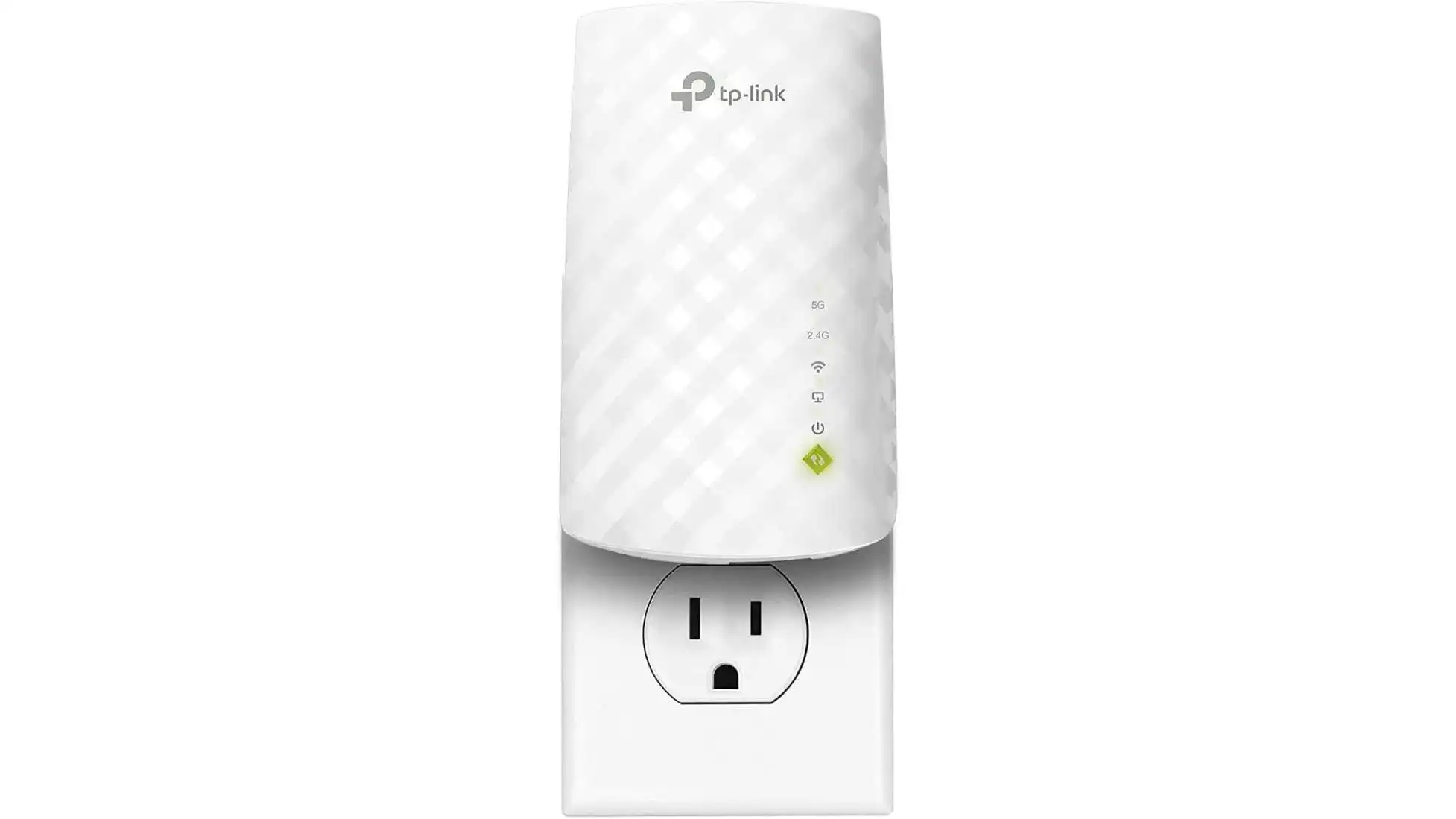The Nintendo Switch 2 was presented for an hour on April 2nd, and during that presentation, we saw a lot about upcoming games, new features, the Joy-Cons, and more. As typical for Nintendo, though, very little was said about the inner workings of the console itself.
Nvidia is now making up for this with an explanation via blog post that sheds more light on the Switch 2’s hardware. Specifically, it runs a customized Nvidia GPU that should give the handheld console a good 10x more performance than its predecessor.
What’s inside the Switch 2?
Nvidia’s custom chip in the Switch 2 has special RT (ray tracing) cores and Tensor cores, which not only enable improved graphics but also ray tracing functionality and AI upscaling. This is a big step forward for the portable console, which was previously criticized for its low performance compared to the PS5 and Xbox Series X/S.
In Nintendo’s presentation, we learned that the Switch 2 can upscale games up to 4K in docked mode; in handheld mode, it runs at up to 120 FPS at 1080p. And the console also supports HDR for the first time. Our colleagues at Tech Advisor were able to see this for themselves in their initial hands-on impressions.
AI upscaling via DLSS is also here. This improves the graphics even further, as artificial intelligence can be used to upscale the image quality without compromising performance or graphical quality.
Ray tracing functionality
The new RT cores in the Switch 2 will finally bring real-time ray tracing to Nintendo’s consoles. Nvidia doesn’t provide any specific details here, but states that we’ll get “lifelike lighting, reflections, and shadows.” This sounds like an exciting overall package, but probably won’t be as extensive as the PS5 Pro (which, to be fair, costs almost twice as much).
The Switch 2 also relies on a variable refresh rate via Nvidia G-Sync. This should ensure smooth gameplay at all times in handheld mode and help to reduce input delays. It’s unclear how it will look in docked mode.
There’s one notable disadvantage
Overall, Nintendo has managed to install decent hardware in the small device, which means that gamers can finally enjoy modern graphics with modern tech. However, there does seem to be one disadvantage: according to the official technical data, the Switch 2 will have a shorter battery life than its predecessor models.
For comparison, the Switch 2 has a 5,220mAh battery and is only expected to run for an average of 2 to 6.5 hours depending on the game. With the Switch OLED, the battery lasted around 4.5 to 9 hours. The newer edition of the regular Switch also lasts this long, while the original Switch model ran about 2.5 to 6.5 hours (on a 4,310mAh battery).
The shorter battery life seems to be the price for better hardware. However, it’s quite possible that the Switch 2 will also receive more battery life with an updated version later on, or even an OLED version. But first the Switch 2 has to release, and it’s coming on June 5th, 2025.




